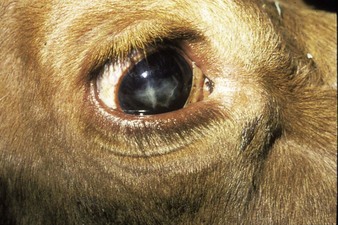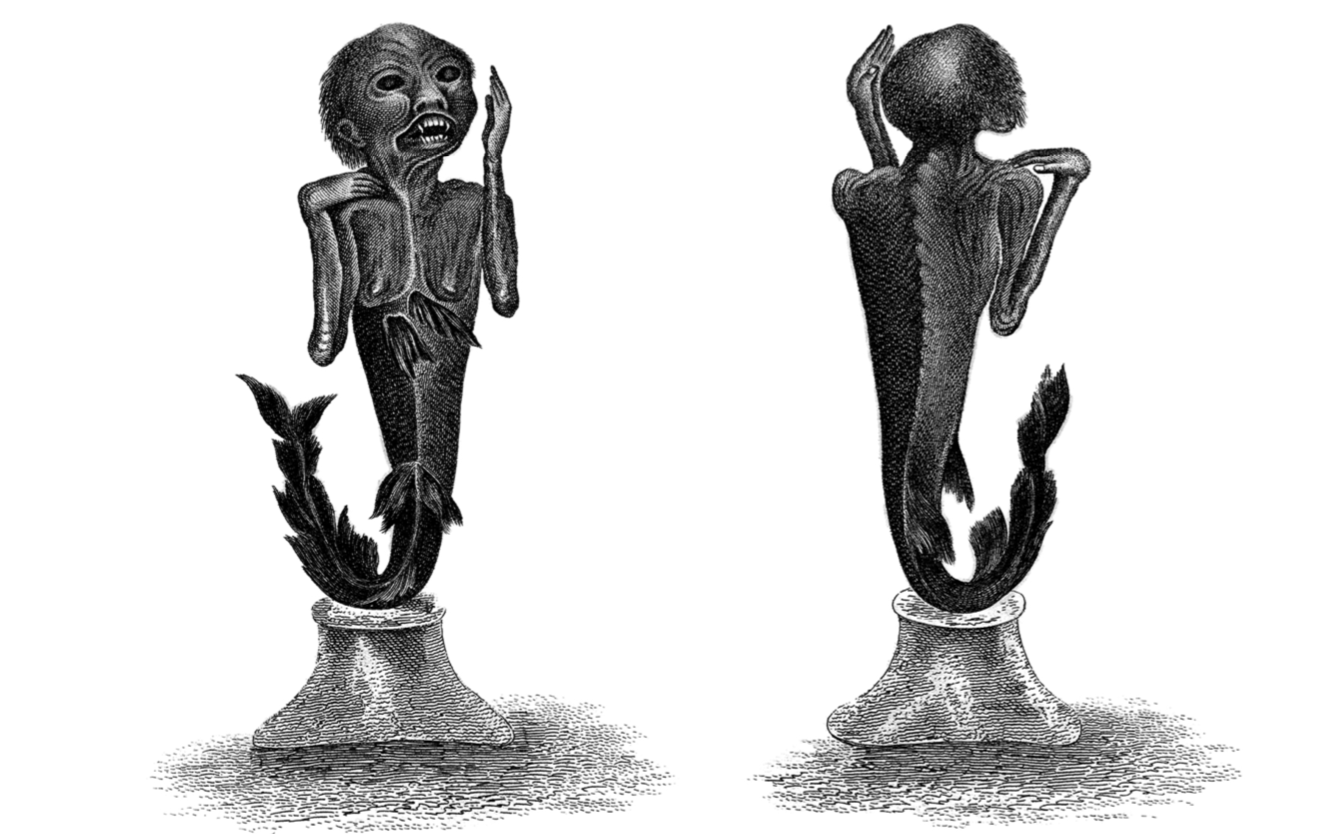בכורות כד, א
? יולדת מרחמת או אינה מרחמת
Might an animal that has given birth show mercy and suckle the young of another species?
On tomorrow’s daf we continue the vigorous argument between the rabbis and Rabban Shimon ben Gamliel over the following question: is it possible for a female of one species to adopt and nurse the young of an entirely different species? The rabbis (in the majority) believed that such a phenomena was entirely possible, while the great Rabban Shimon ben Gamliel believed that this does not occur. The rabbis were correct.
Animals as human wet-nurses
Let’s start with us. Unless you are lactose-intolerant, you probably are nourished from the milk of another species several times a day. But putting milk in our coffee is just the most recent manifestation of our being nursed by another species. There are myths and fables in many cultures in which a human infant is nursed by animals. In Rome, it was Romulus and Remus who were suckled by a wolf; this legend dates back to at least 350 BCE. In Greek mythology, Telephus the son of Hercules was (in most versions) suckled by a deer, but on the Telephos frieze from the first half of the second century BCE he is depicted suckling from a lioness. Another Greek myth tells of Zeus being suckled by a goat Amalthea.
The infant Telephos at the lioness’ breast, detail from the Telephos frieze. From here.
The Capitoline Wolf - La Lupa Capitolina. 11-12th century. The figures of Romulus and Remus were added in the 15th century.
In his 1976 essay “The Role of Animals in Infant Feeding,” Samuel Radbill noted that these common myths of a great leader being suckled by an animal owe their popularity to the belief that “mental, emotional and physical characteristics, as well as disease, can be transmitted through milk…” He continues:
The Persian Cyrus, raised by Cyno, a bitch, was thought to derive his name from the dog. Heiro of Syracuse was fed sweet food by the apes; Semiramus was fostered by birds. Midas was nourished by ants that put food into his mouth. Habia, king of the Tartessians, and Telphus, son of Hercules and Pelias in the greek myth were both suckled by deer. Paris and Orion by bears’ Aegisthus, by a goat; Rursus Sabdrocotto of India by a lio; Gordius of Lydia , by birds. Recently delivered mares refreshed the infants Croesus, Xerxes and Lysimachus. These extraordinary foster parents were portentous omens of future greatness.
To this list we might add our very own Moses, raised for future greatness in the house of Pharaoh himself. Except, of course, that the Torah made sure to distance Moses from any suggestion that he was suckled by an animal or an Egyptian wet nurse. Instead, Moses was suckled by his own mother, and in a Midrash the rabbis describe why:
“לְפִי שֶׁהֶחֱזִירַתּוּ לְמשֶׁה עַל כָּל הַמִּצְרִיּוֹת לְהָנִיק אוֹתוֹ וּפָסַל אֶת כֻּלָּן, וְלָמָּה פְסָלָן, אָמַר הַקָּדוֹשׁ בָּרוּךְ הוּא הַפֶּה שֶׁעָתִיד לְדַבֵּר עִמִּי יִינַק דָּבָר טָמֵא
Moses passed before all the wet nurses in Egypt, and rejected them all. And why did he reject them? The Holy One, Blessed be He said “should the mouth that will in the future speak to me suckle from that which is impure?””
Goats have been used as wet nurses for human infants for centuries. In her cultural history of milk, historian Deborah Valenze notes that during the syphilis plagues of the 1500s, “mothers bypassed infected wet nurses by employing goats. Similarly, eighteenth century abandoned children…received animal milk at the udder.” in 1900, a reference to animal wet nurses (in this case pigs) even made its way into the Philadelphia Medical Journal. Here it is in the original:
Philadelphia Medical Journal 1900;5: 236
More examples of Interspecies feeding
Beware of believing what you see on the Internet. But if these images are real, they are examples of interspecies feeding: dogs nursing kittens and fawns, cats nursing rabbits, zebra nursing goats, chickens brooding on puppies and pigs nursing tiger cubs (that one from the Sri Rancho Tiger Zoo in Sri Lanka). But perhaps the most moving (and authenticated) story of interspecies care is that of the Kenyan lion that adopted a baby antelope. Six times. Take the time to watch the story here.
From here.
Tarzan, Raised by Apes
On this page of Talmud the rabbis stated that nursing females will suckle the young from another species, and they are certainly correct. Perhaps the best description of why this should be so is found in Tarzan of the Apes, the famous 1912 novel by Edgar Rice Burroughs. In the story, John Clayton II is one year old when he is snatched from his crib by Kala, an ape whose own infant had just died. As Kala took John
…she dropped the dead body of her own into the empty cradle; for the wail of the living had answered the call of universal motherhood within her wild breast which the dead could not still…Then hunger closed the gap between them and the son of an English lord and an English lady nursed at the breasts of Kala, the great ape.






















